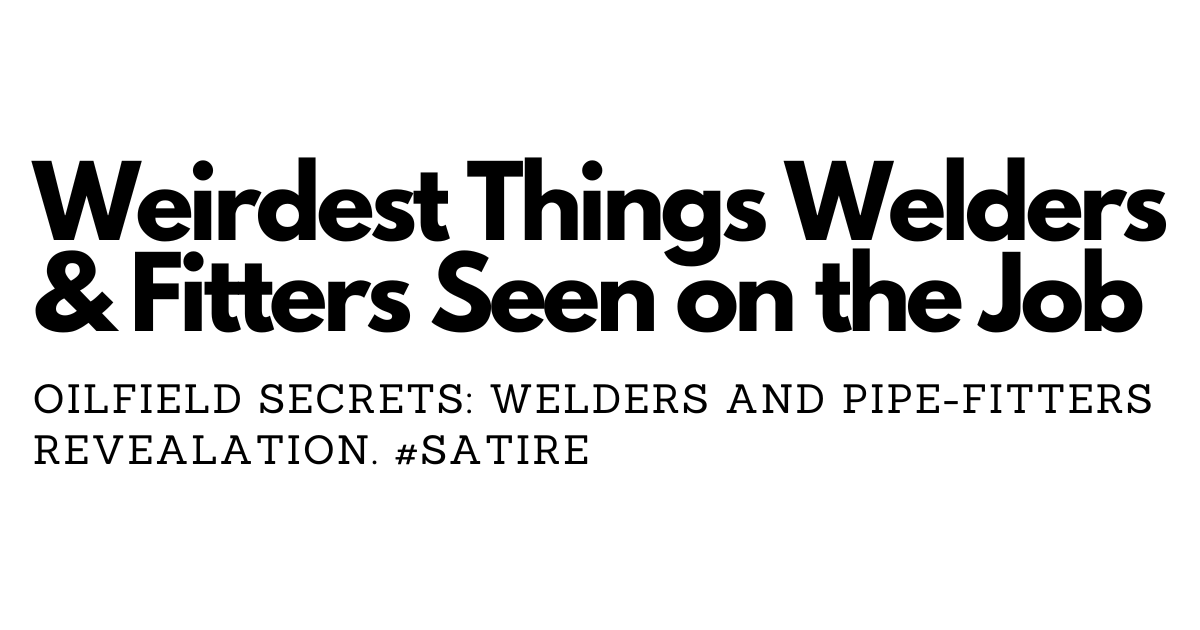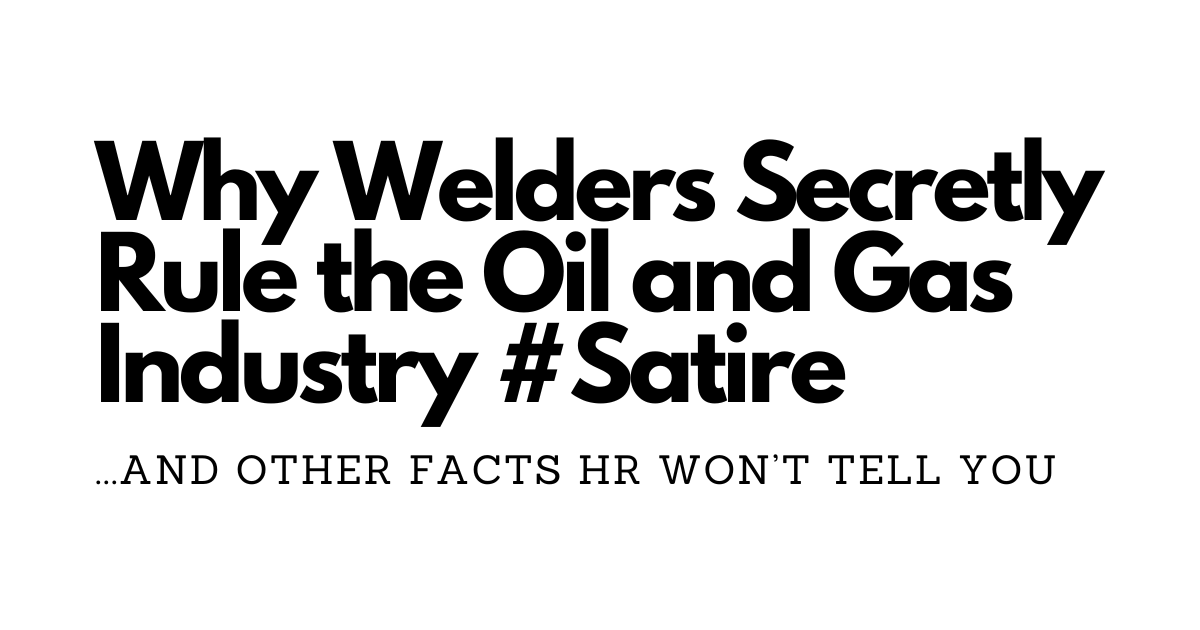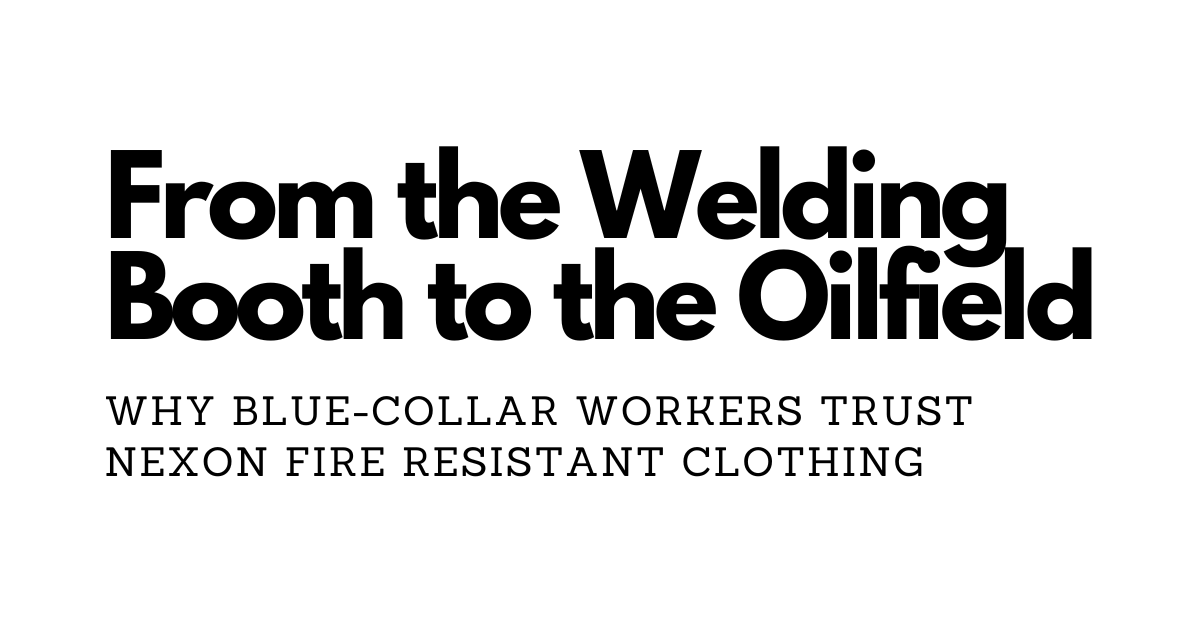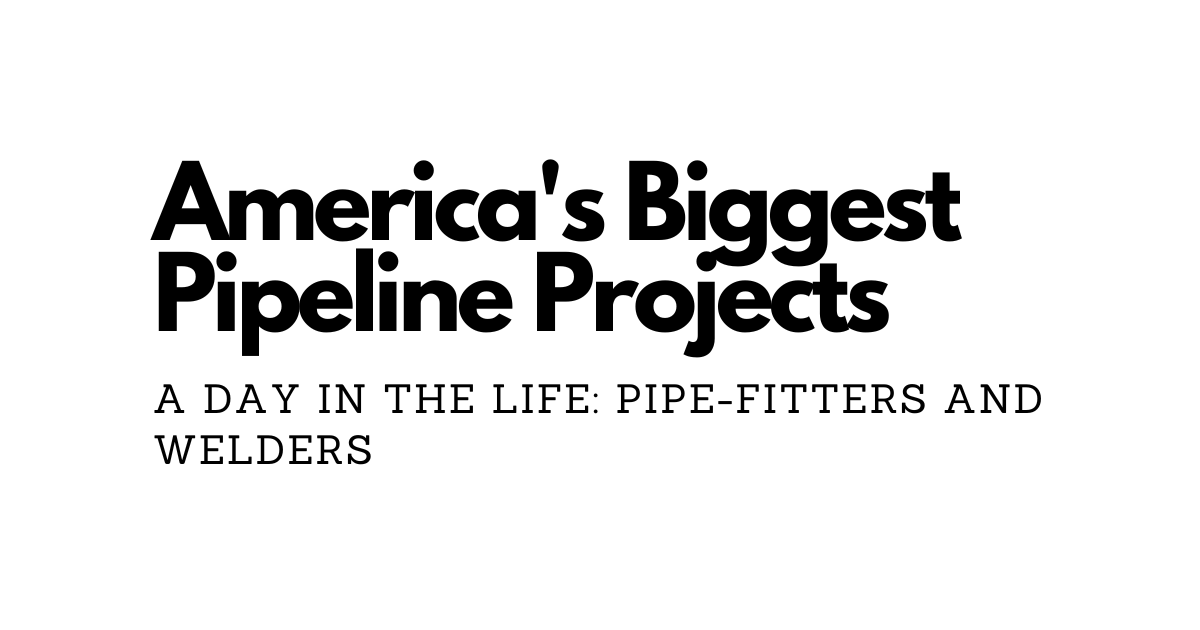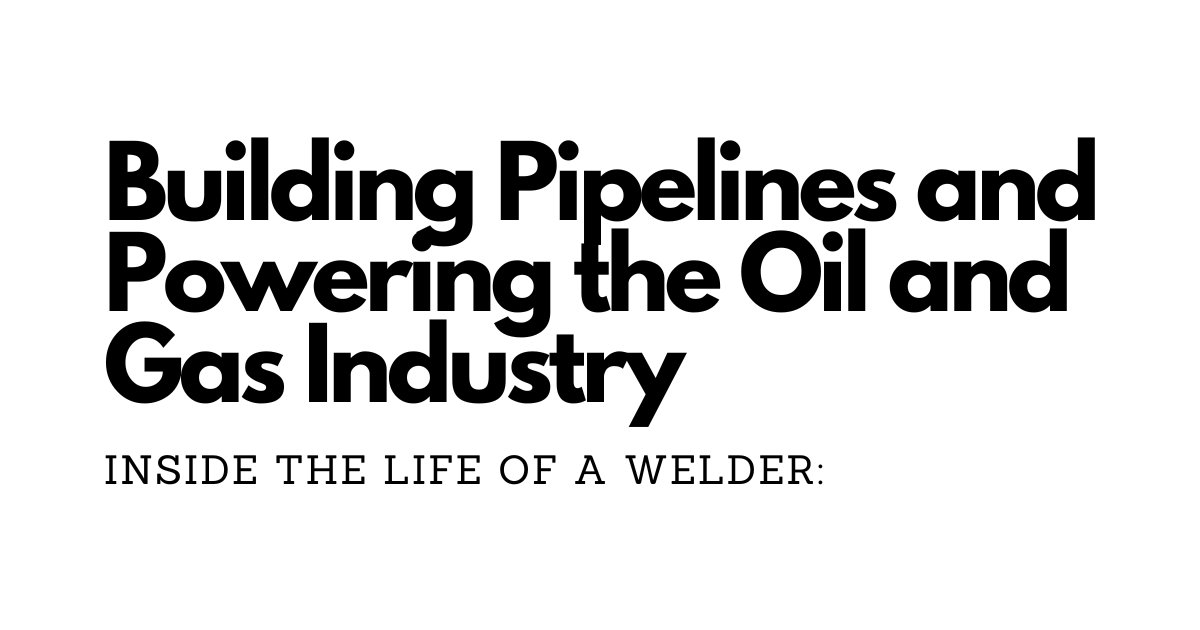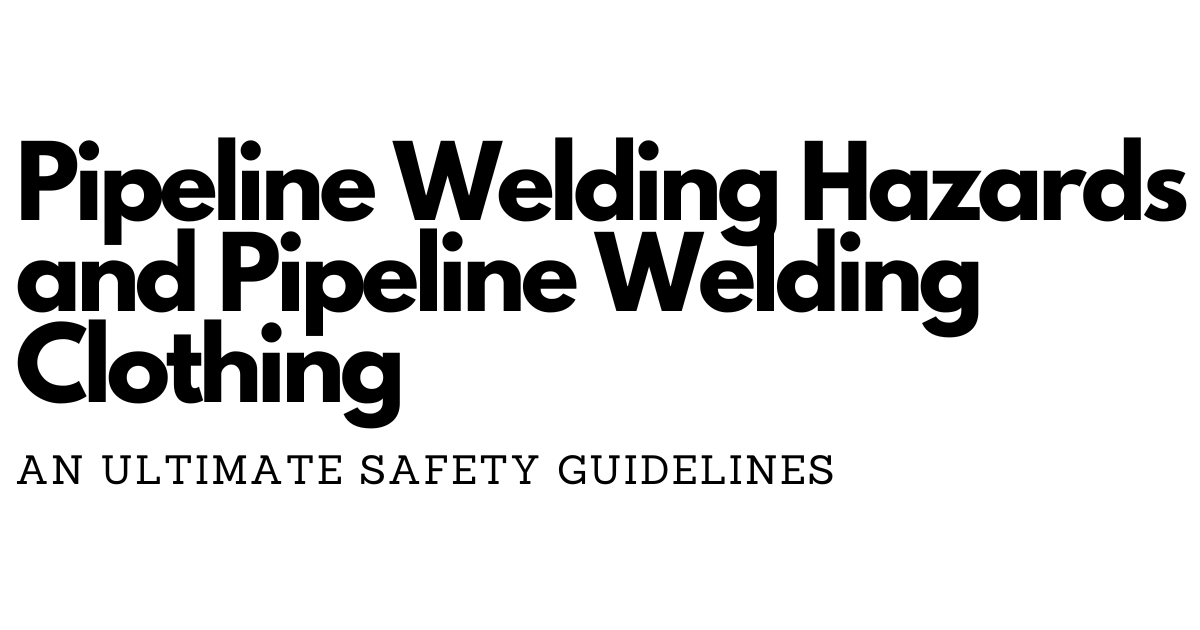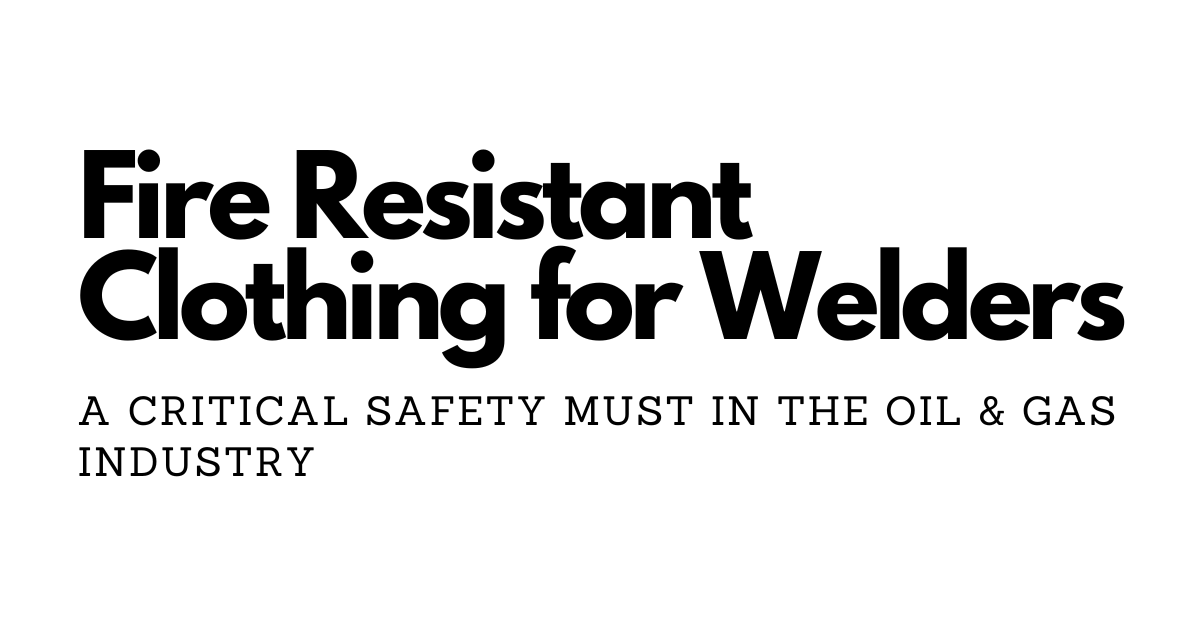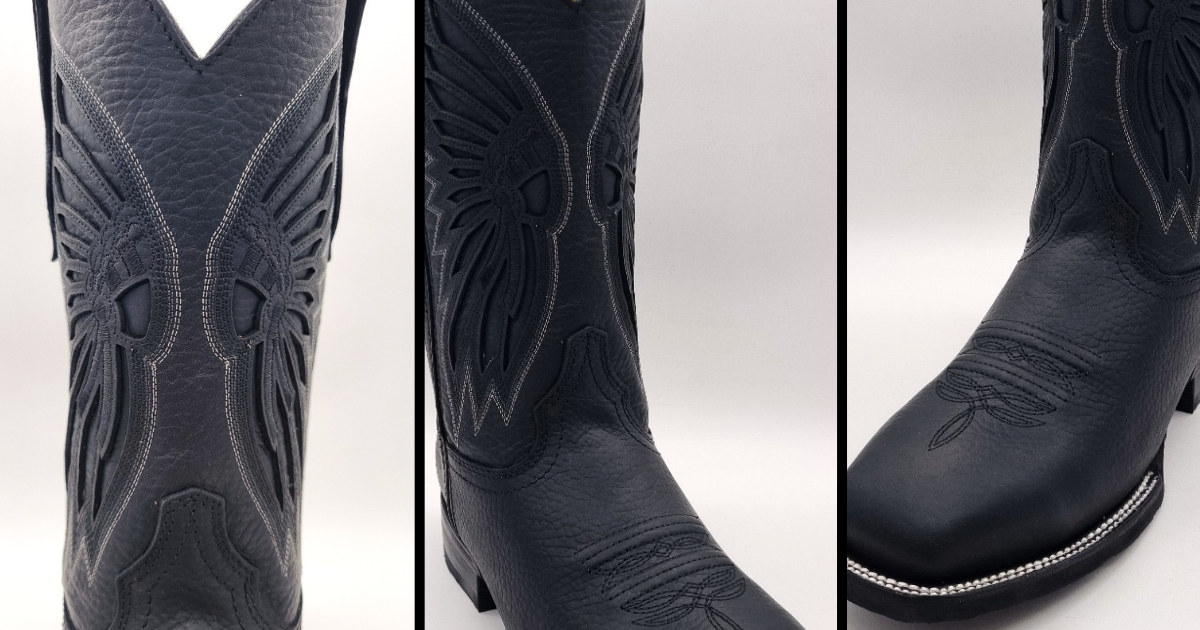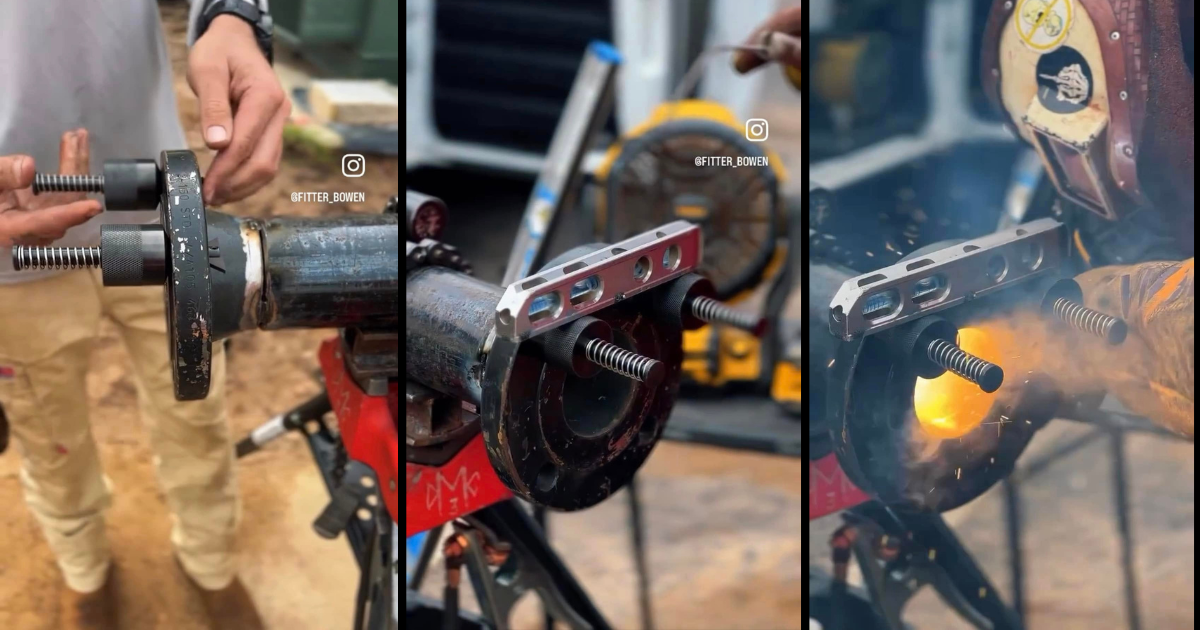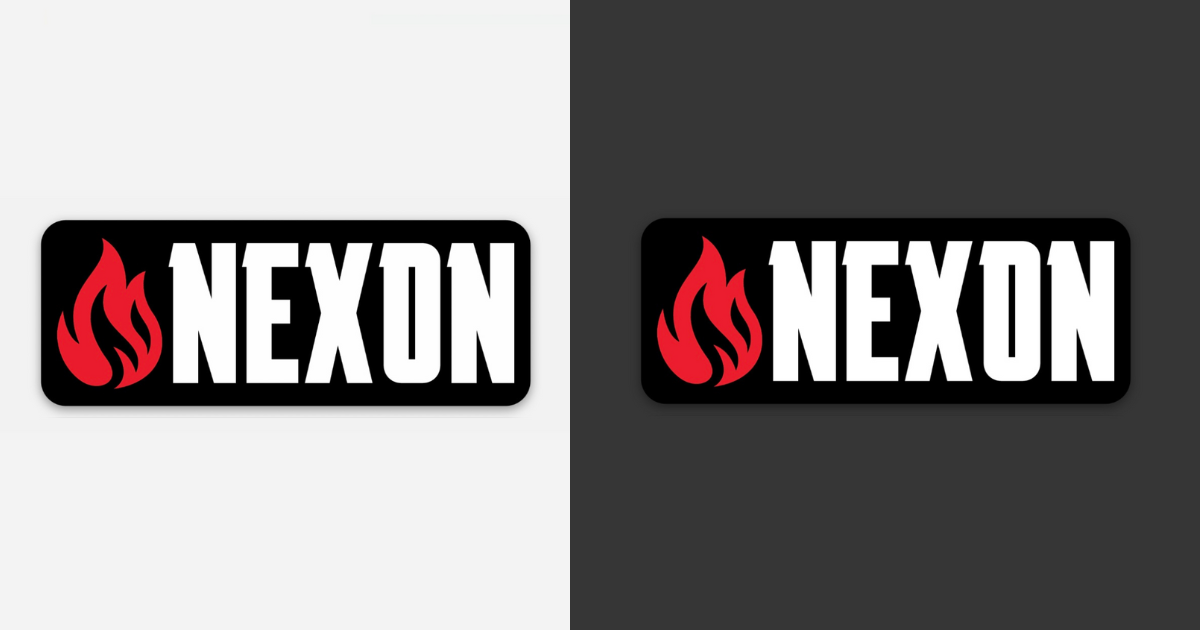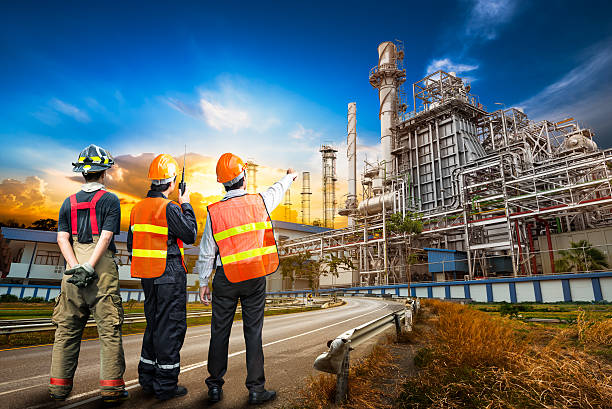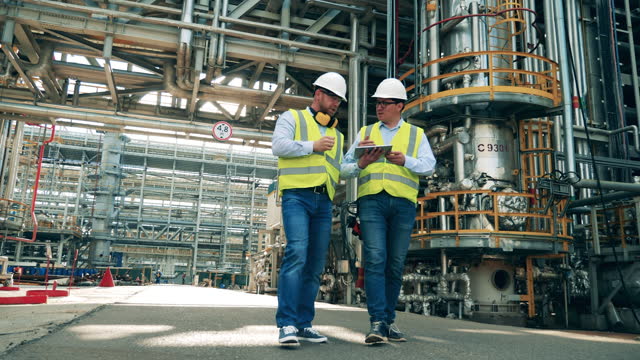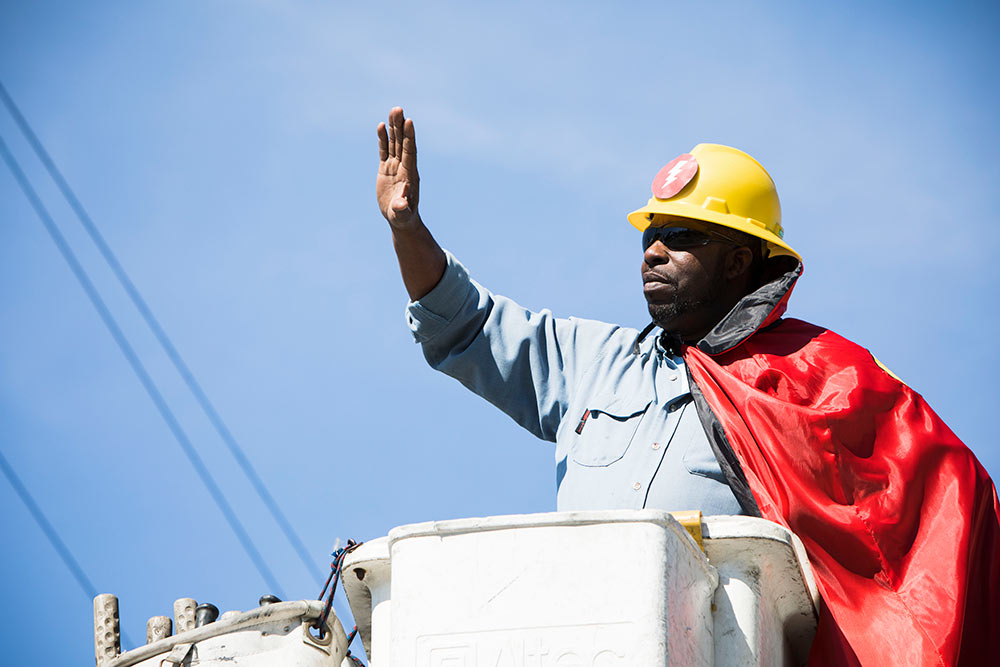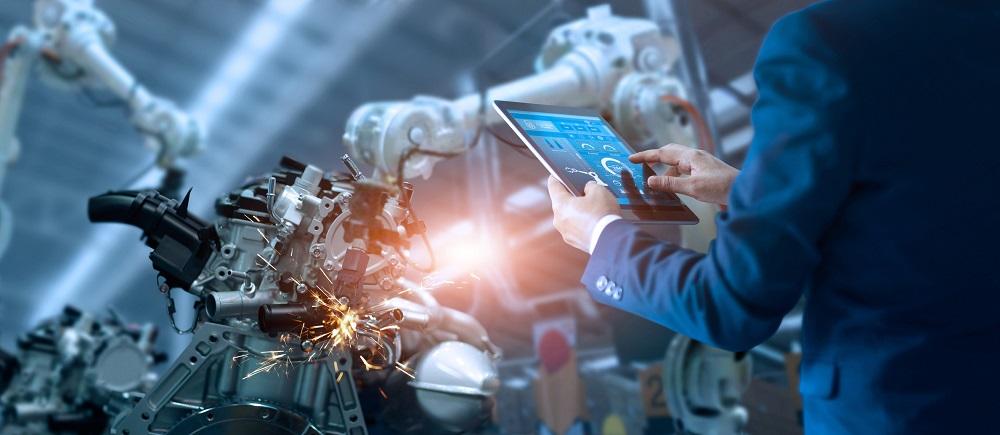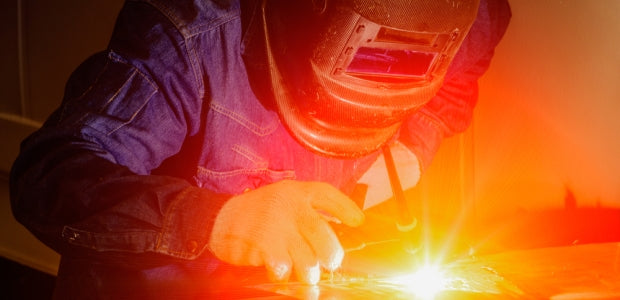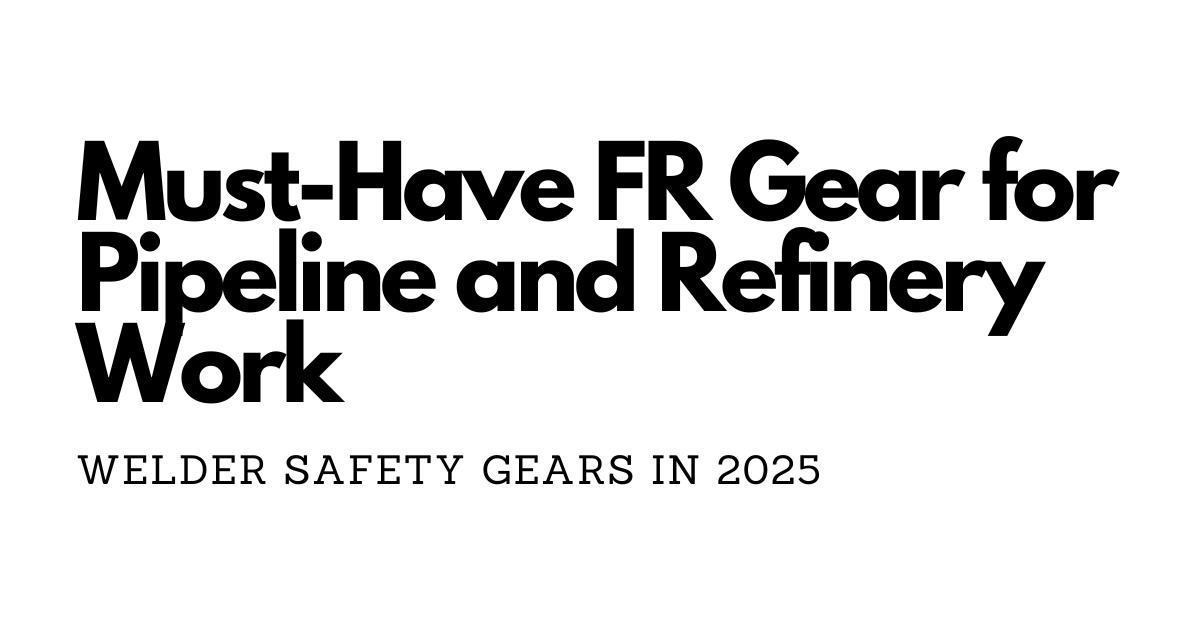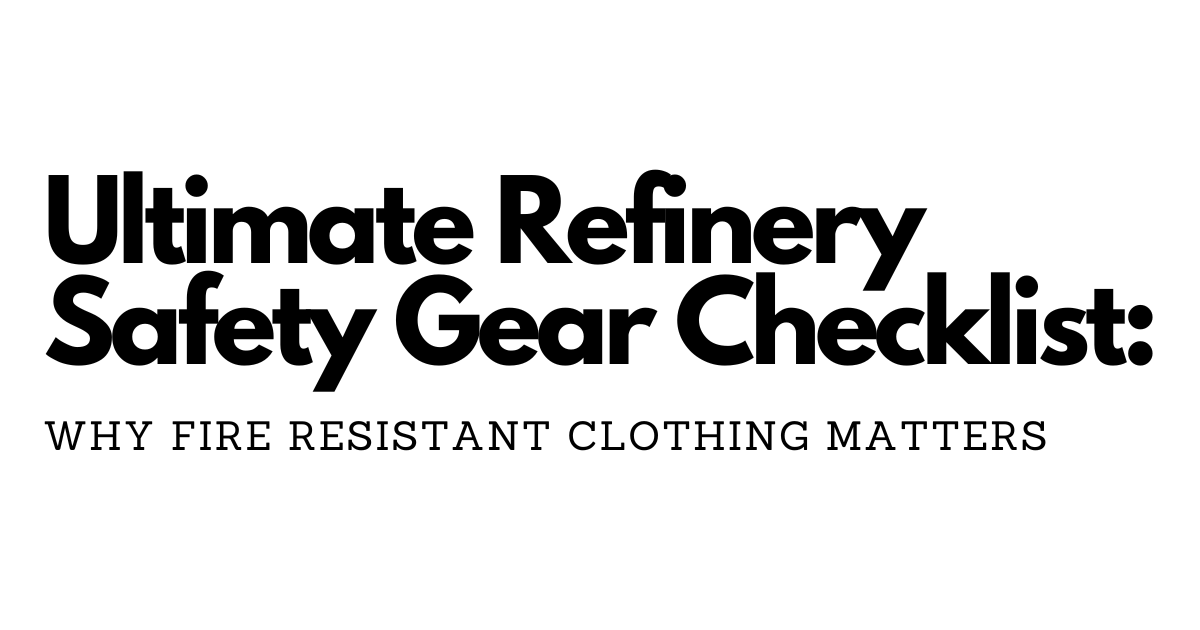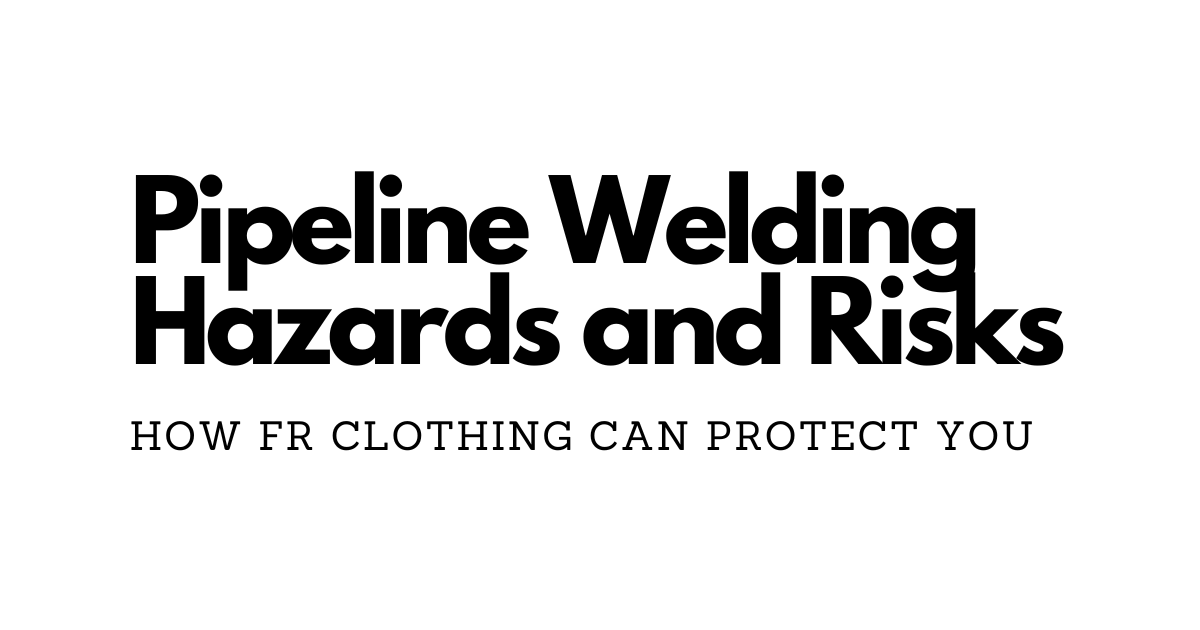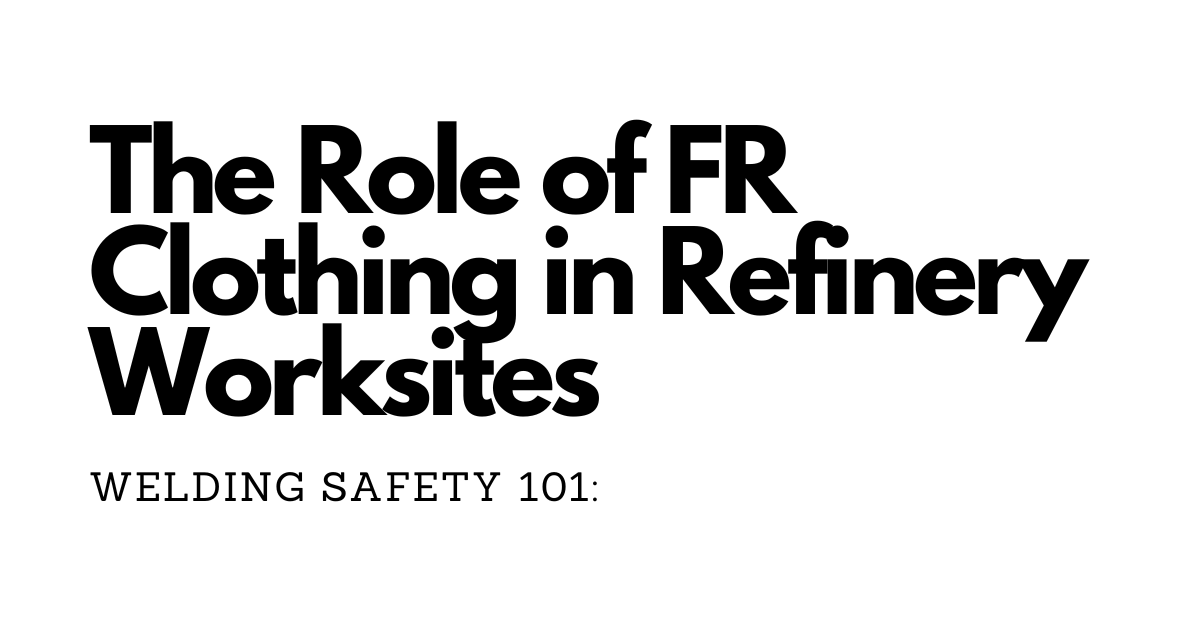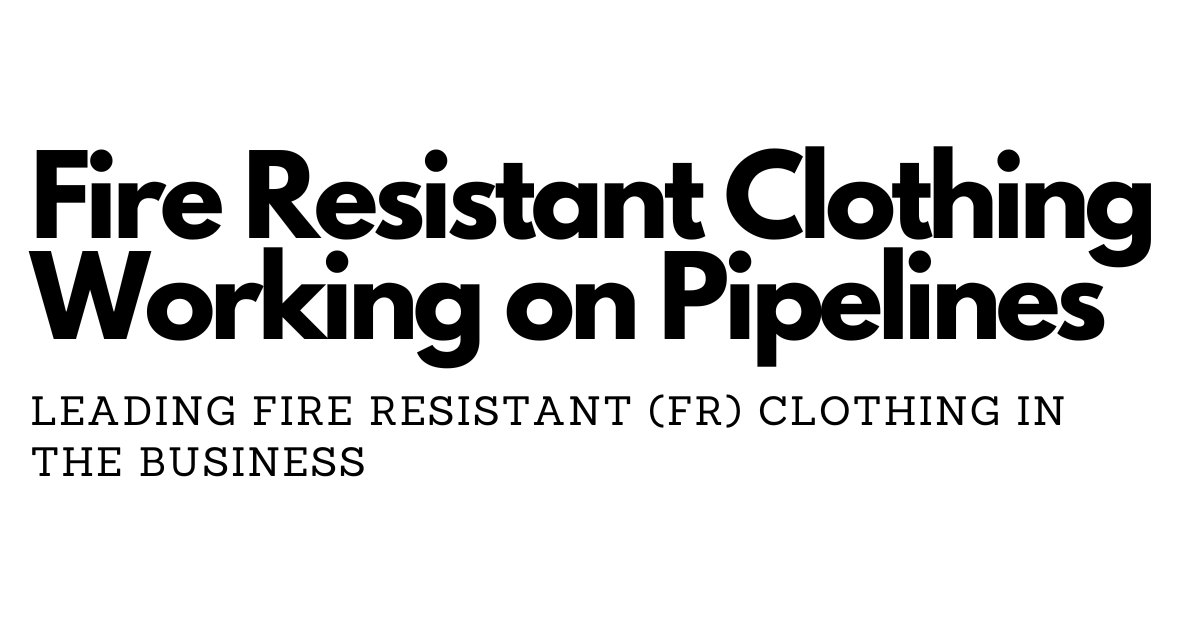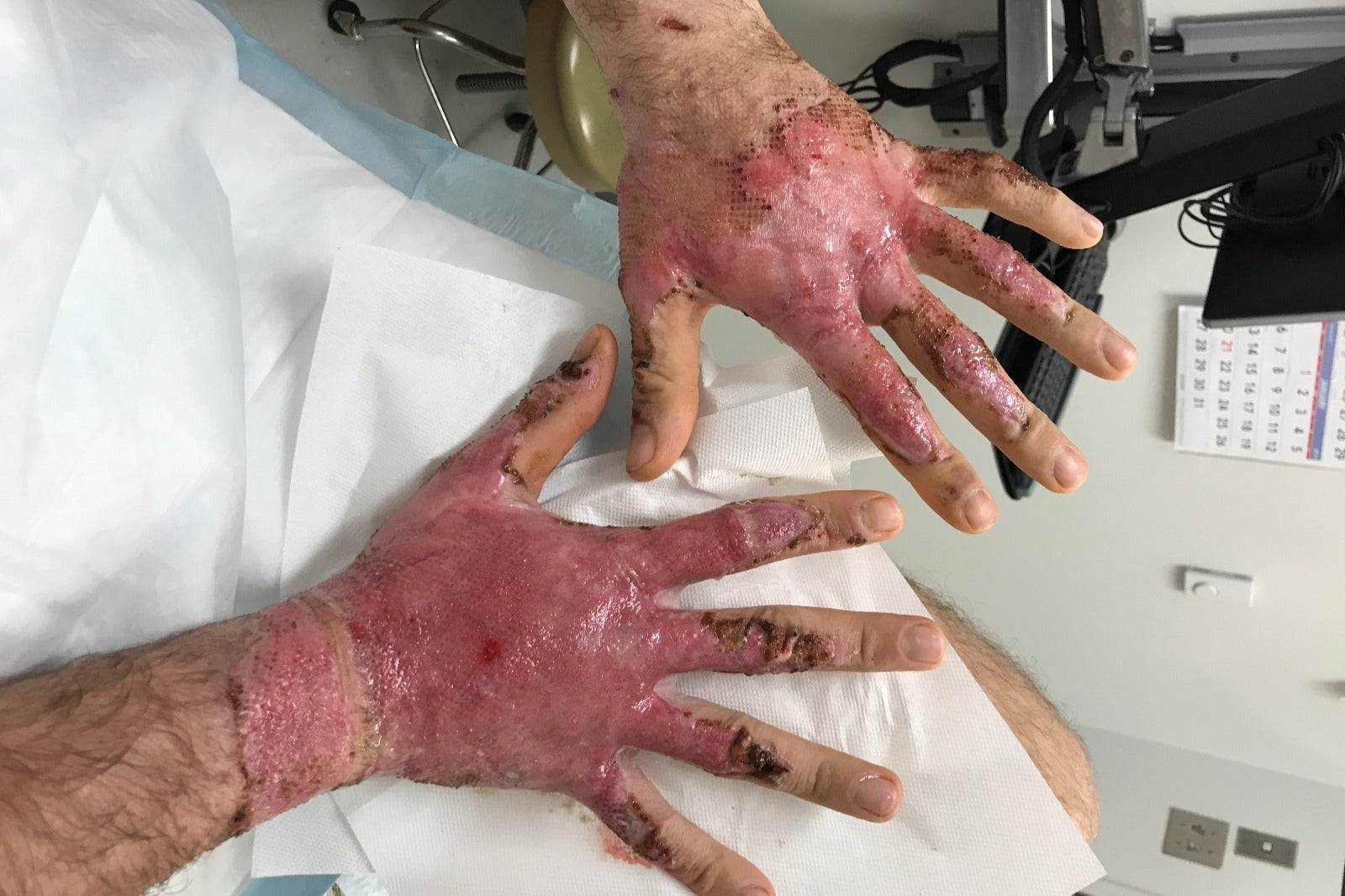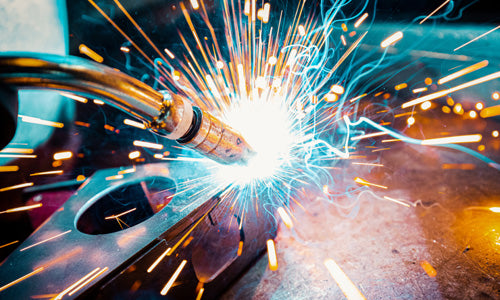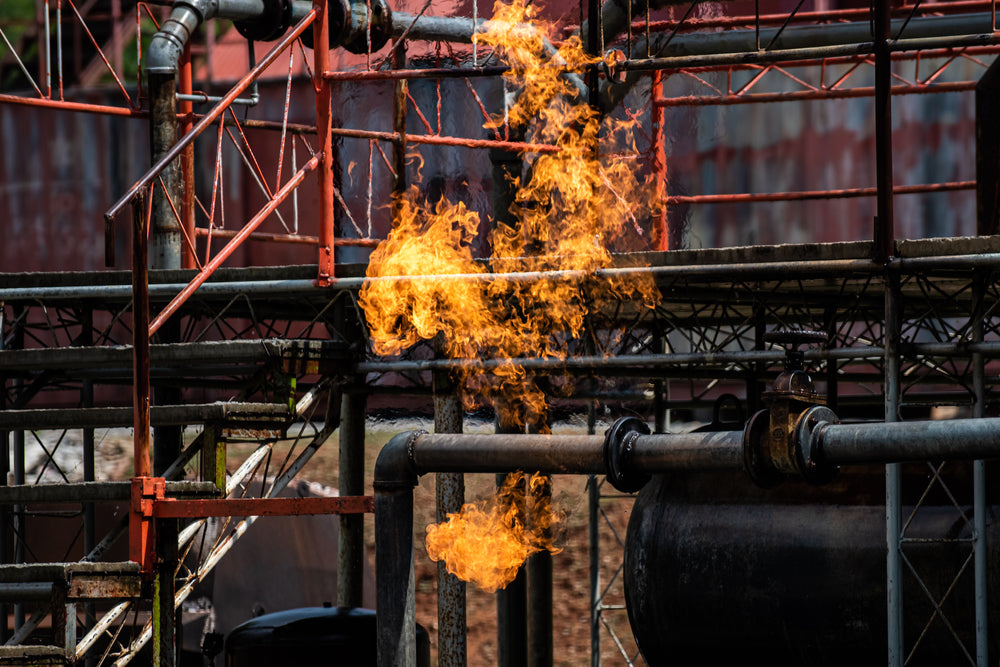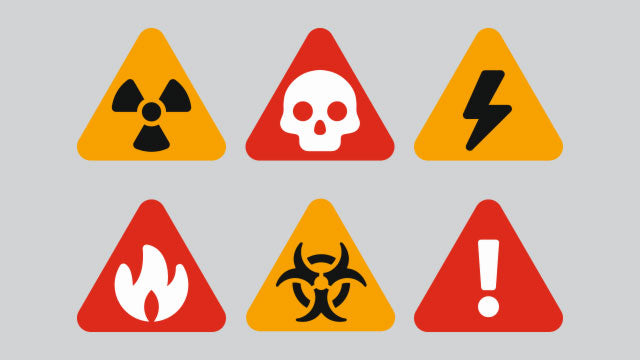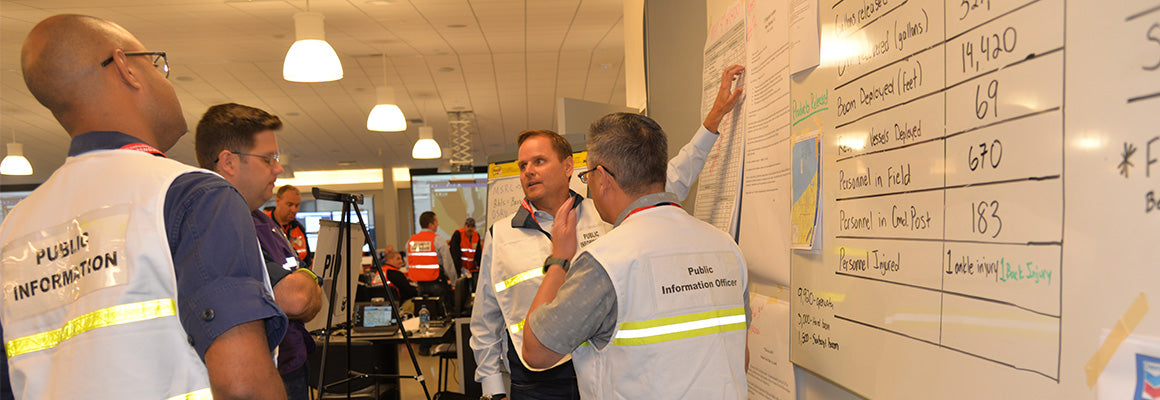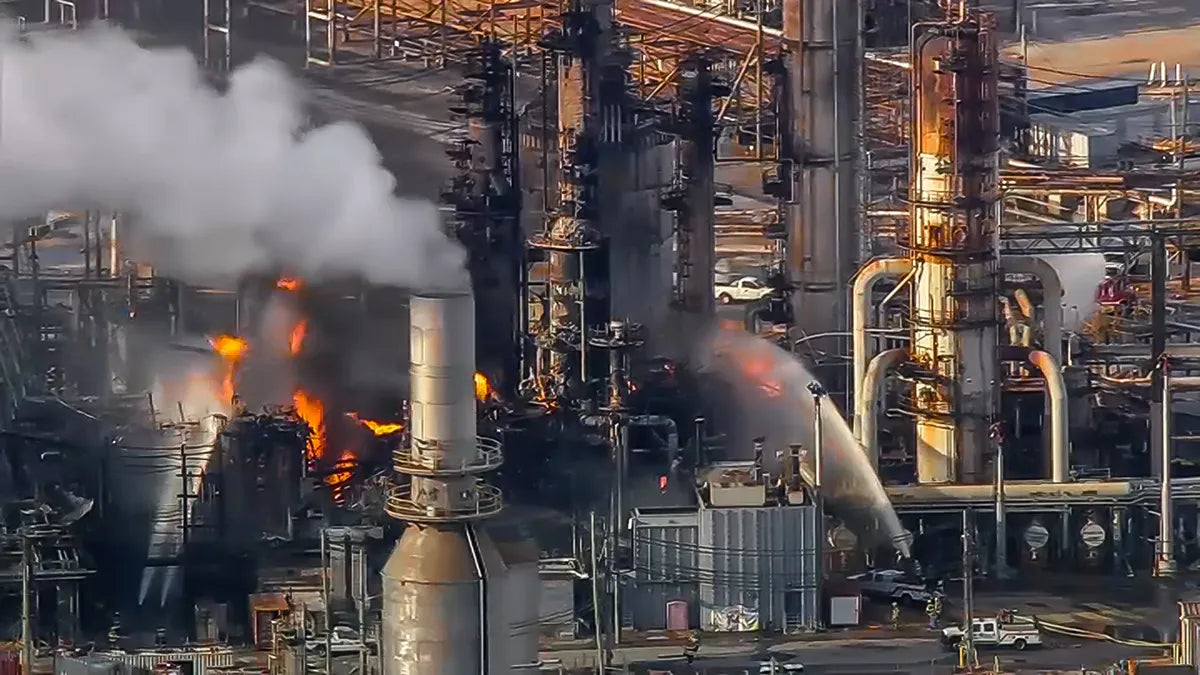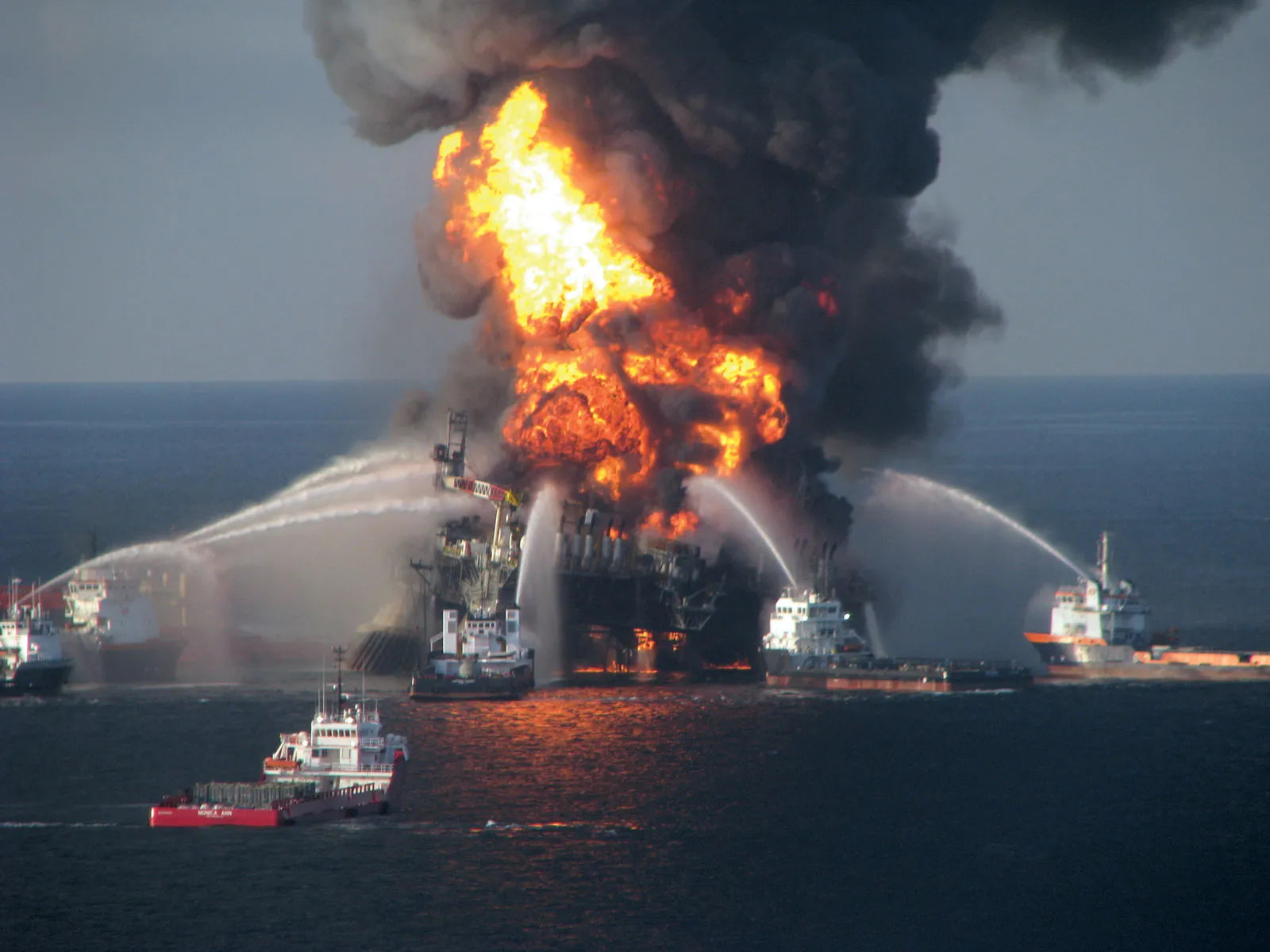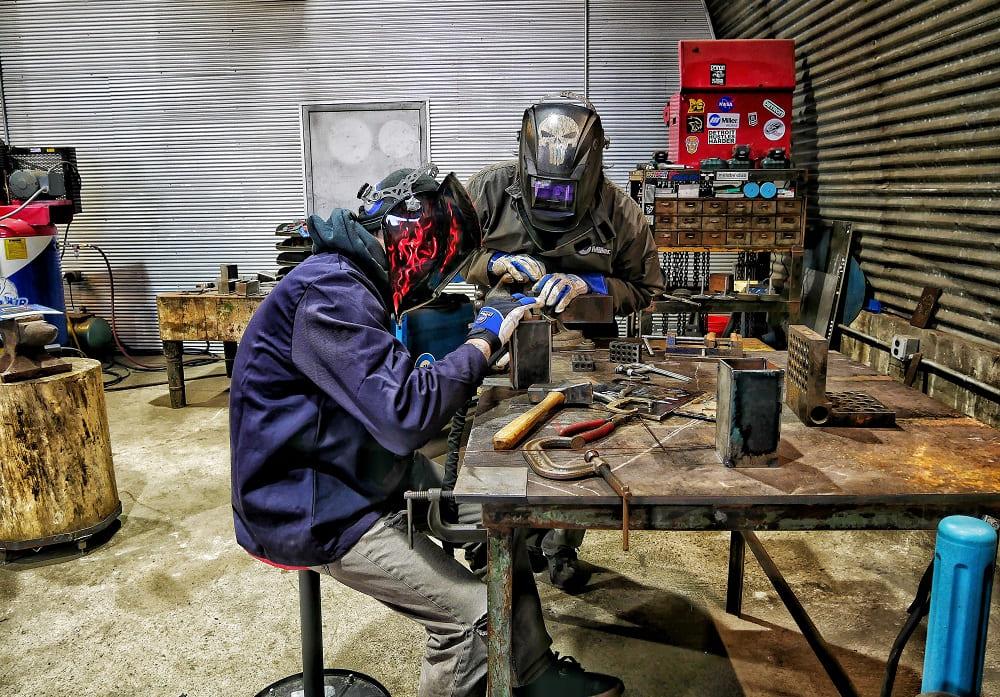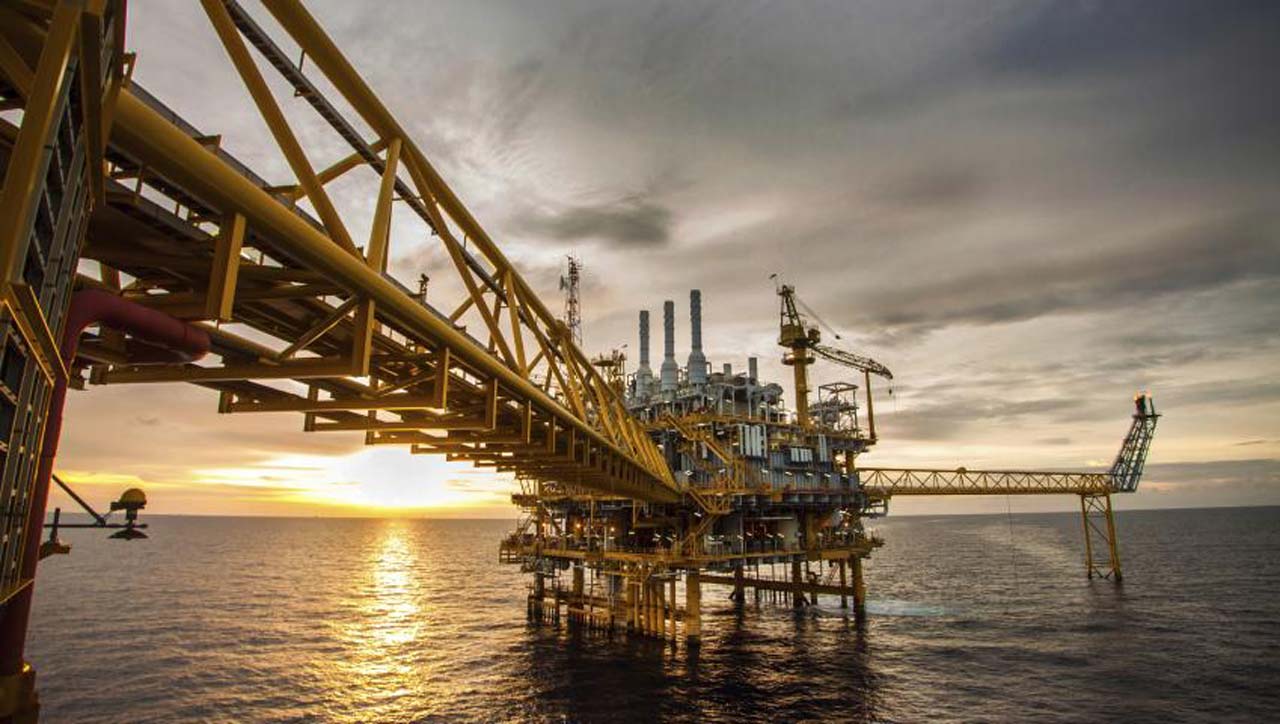

First, let’s talk about the benefits. The benefits of wearing flame-retardant clothing are obvious. They allow workers to conduct work in potentially hazardous locations with a greatly reduced risk of injury. While no flame-resistant clothing is guaranteed to prevent every injury, every time, the risk while wearing these specialized garments is significantly lower than it would be if the worker was wearing everyday clothing.
With fire-resistant clothing, the promise is not that the garments will never catch fire. They are designed to resist igniting, and will generally fulfill this purpose in all but the most extreme situations. The great strength of flame-resistant clothing, however, is that it prevents fires from spreading. Even if the clothing does catch fire, it will almost always extinguish itself quickly. These self-extinguishing properties mean the wearer is less likely to suffer from burns and will have time to retreat from the hazardous environment without the added danger of spreading the fire via their clothing. The fire will be more likely to remain contained, and the worker will be more likely to escape unharmed.
Protection from every known angle: Depending on the line of work you’re in, there are a lot of dangers you may encounter while on the job. To find out what these hazards are, your first step should always be to conduct a hazard risk assessment. This allows you to identify specific hazards, so you can select the right personal protective equipment. Whether you need protection from flash fire, arc flash or some combinations thereof, Nexon offers the industry’s best quality FR to keep you protected.
FR clothing that holds up to the highest standards: For industries operating and exposed in an inherently dangerous environment, the importance of selecting the right Personal Protective Equipment (PPE) can’t be underestimated. Learn more about these hazards, standards and regulations that affect your specific industry below.
- FLASH FIRE
A flash fire is a rapid moving flame that can be caused by a diffuse fuel, such as dust, gas, or the vapors of an ignitable liquid, without the production of damaging pressure.
Unfortunately, flash fires cannot be completely prevented, but there are precautionary steps you can take to give you and your crew an extra advantage if a flash fire were to happen. With Nexon FR, you’ll get the right products and resources that meet your industry’s specific hazards and standards.
All it takes is a few seconds: Selecting the appropriate FR garments for a flash fire should be based on a number of factors such as protection, comfort and durability. Nexon provides FR clothing that meets or exceeds industry standards, while keeping your team comfortable on the job.
- CHEMICAL SPLASH
Unfortunately, chemical splash incidents are a common occurrence in many job-sites, specially in a chemical plant. If you look around your area at work, you are surrounded with hazardous chemicals more than you realize. Chemicals such as acids, corrosive liquids, strong oxidizers and other solvents can cause serious burns that are painful, dangerous and costly.
Normal everyday clothing just won’t cut it: Specialized clothing is needed to handle or even work near these hazardous chemicals. You should always be aware of what chemicals you are handling to protect against inadvertent chemical splashes and thermal hazards.
- COMBUSTIBLE DUST
Thousands of manufacturing facilities all over the United States faces the threat of combustible dust every day. Combustible dust is a finely divided combustible particulate solid that presents a flash fire hazard or explosion hazard when suspended in air. These tiny particles of material might not normally be flammable, but when suspended in a cloud, they can be ignited and cause a dangerous chemical reaction. Every manufacturing facility is vulnerable, regardless of industry. Nexon is your partner when it comes to combustible dust. We provide products that protects your team to this risk and prevent them.
Flame-resistant clothing is a very important aspect of any personal protective clothing. You literally have seconds to react to this hazard, and that is where our protective FR clothing comes to play. Nexon provides flame-resistant clothing that not only offers FR protection, but also provides your workers with comfort, breathability and durability. Properly implementing your safety program isn’t a battle anymore.
- MOLTEN METALS
The refining industry has a higher rate of injuries than most other industries around the world. These include serious burns that result from the splattering and spilling of molten metals and radiant heat injuries that happen during the melting and pouring process. A molten metal hazard occurs when workers come in close contact with metals at high temperature, which can splash and cling to their clothing. These injuries can be reduced with the proper PPE clothing. Nexon provides a diverse lineup of clothing that will keep your crew protected, so they have one less thing to worry about.
- OPEN FLAMES
Open flames are defined as devices such as candles, boilers, heating units, torches, butane burners, and any other flame producing device. Anyone working around open flames, such as those operating portable torches, should be wearing FR clothing.
- HOT WORK
Hot work is any process involving flame, spark, or heat production. This includes cutting, burning, welding, grinding, chipping, drilling, and torch-applied roofing. The National Fire and Protection Associations NFPA shows the following workers most at risk for this hazard: construction contractors, ironworkers, sheet-metal workers, roofers, pipe-fitters, utility workers, plumbers, electrical workers, and welders.
Nexon highly engineered FR clothing: As shown above, there are endless of workplace hazards that have the potential to ignite a worker's clothing, causing burn injury and potential loss of life. For this reason, a hazard risk evaluation of the workplace should always be conducted by employers to help determine the necessary protection levels of FR clothing. Nexon provides protection collection made from a highly engineered fiber blend that’s lightweight and flexible. This FR clothing is designed to deliver premier protection against molten metal splash, radiant heat, flame and other hazards.
